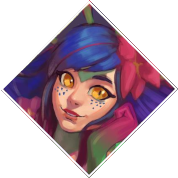Farming, Creep Score & Mastering Your Gold
If you’ve played League of Legends for more than a few matches, you’ve probably seen the letters “CS” on the scoreboard. It stands for Creep Score, which just means how many minions and monsters you've killed. CS is one of the most important stats in the game, maybe even more important than your kills.
Why? Because CS is the main way most champions make gold. And in League, gold means power: better items, faster spikes, more impact. So, if you're serious about improving, learning how to farm better is one of the best places to start.
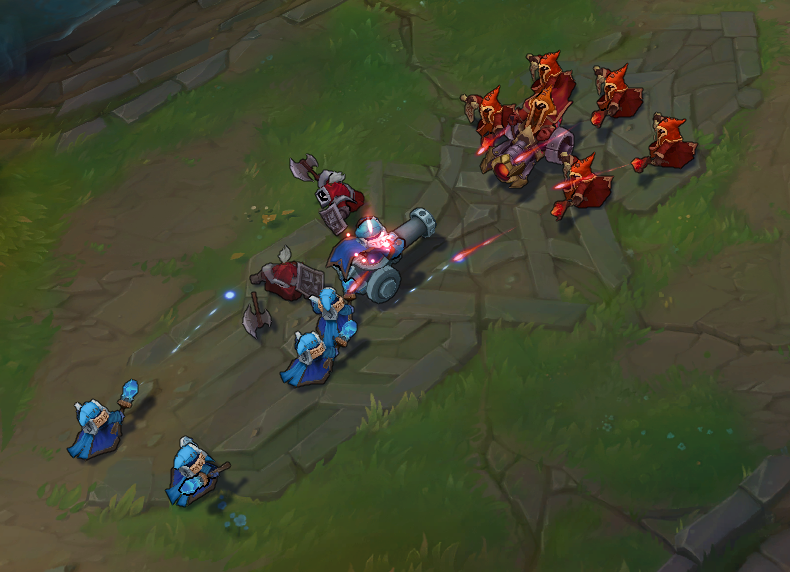
Here's a guide on improving your CS if you want to get practical right away.
What Is CS in League of Legends?
CS stands for Creep Score. It tracks how many enemy minions, jungle monsters, and other farmable units you’ve killed in a game. Every time you land the last hit on a minion — meaning you deal the killing blow to it — you earn gold. That gold is what lets you buy items, scale up, and take control of the match.
The main takeaway is the "killing blow" bit. If another champion or minion gets the last hit, you won't get any gold.
Experience, on the other hand, is automatically given to you as long as you're around minions dying. You lose gold in relation to your opponent if they get more last hits on minions, but you also lose experience in relation to them if they zone you away from the wave.
High CS leads to faster power spikes.** If you’re farming well, you don’t need kills to carry a game. Some of the best players in the world focus more on farming than fighting, especially in the early game. Generally, a 5/0/0 Riven with 50 CS will have less gold and experience than a 0/0/0 Malphite with 150 CS.
You’ll often hear phrases like “10 CS per minute is pro-level,” and that’s true. But even hitting 6–8 CS per minute consistently can make a big difference in ranked games, if your competition is down to 4 or 5.
How to Improve Your CS in LoL
Getting better at CS comes down to one skill: last hitting. That means waiting until a minion is low enough and landing the final blow to get the gold. Sounds simple, but under pressure, it’s easy to miss.
The best players trade only when all the enemy minions are high health, so that they don't stand to lose any CS while trading. They tightly track and control the health of the wave to create safe windows for pressure.
Here’s how to improve:
1. Practice Last Hitting
Go into Practice Tool with no opponents. Try to hit at least 7 CS per wave. No distractions, just you and the minions. Once you're consistent there, try adding a bot or two and attempt to trade while keeping perfect CS.
Many people recommend you to start out with a champion whose basic attacks are slow to travel and badly telegraphed, like Anivia or Soraka.
While training with "weights" on might make sense, it's all going to come crashing down once you return to your normal pool.
Practice last hitting with who you will actually play with.
2. Learn Wave Patterns
Minions don’t just walk in randomly. They spawn in waves and follow set paths. Knowing how fast they die, and which minion gets focused first, helps you time your hits.
You can track where the enemy wave is by looking at yours on the map, and a good sense of wave mechanics will even allow you to predict where the wave will go a minute from now, given how many minions are alive on each side.
Will minions push into your tower and make you miss gold and XP? Probably don’t roam, then. Will your lane opponent get to the wave faster than you and push it into your tower if you recall? Then shove in.
All wave mechanics descend from the simple exercise of predicting where the wave will be if you do not touch it for 30 seconds, and readjusting the wave accordingly..
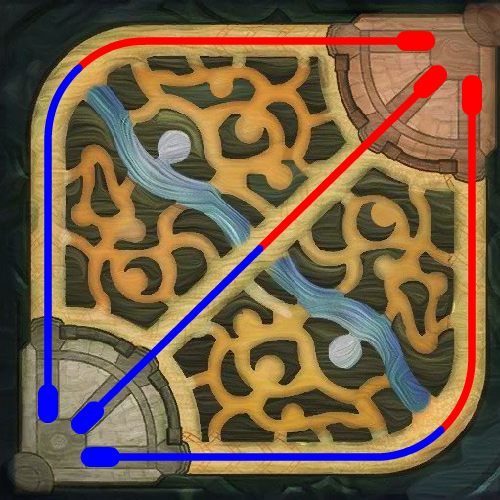
3. Control the Wave
Freezing the wave near your tower makes last hitting safer. Pushing the wave under their tower can help you roam or pressure. Managing the wave is just as important as last hitting.
4. Use Abilities If You Need To
Some champions have a hard time last hitting with auto attacks alone. Use abilities, like Annie’s Q or Malzahar’s E to secure farm, especially under tower. There is generally always a way to set up minions so that you can last hit them just fine under tower, though. As long as you still have mana to trade, the gold is usually worth the mana.
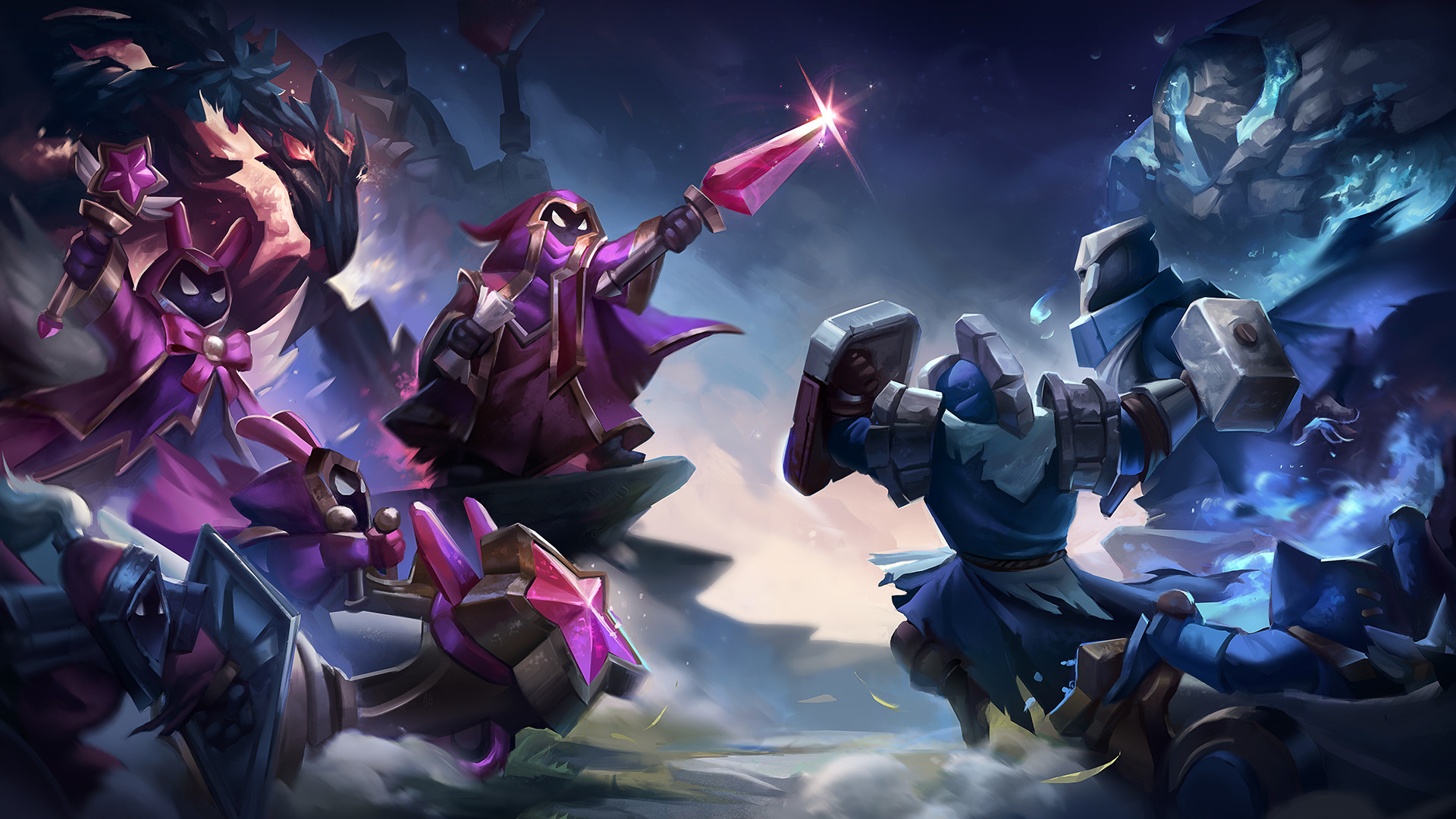
5. Watch Your Matchups
If you’re in a tough lane (e.g., ranged vs. melee), play safe and focus on farming with minimal trades. Taking damage for one minion usually isn’t worth it.
Different roles have different CS expectations. Here's a general benchmark:
- ADC: 70–90 CS at 10 minutes is solid
- Mid: Similar range as ADC
- Top: Slightly lower is fine, depending on matchup
- Jungle: CS includes camps—aim for 5–6 per minute early
- Support: With the new support items, you should generally try to spend as many charges on minions as possible, without messing with your ADC's wave.
Still struggling? This guide has more detail: How to Improve CS in LoL
CS vs KDA — What Matters More?
CS is more reliable than KDA, hands down. Kills and assists are nice, but they depend on fights, ganks, and team coordination. All of this time, you're also potentially away from waves that would be giving you experience. CS, on the other hand, is always there. Every wave is a new chance to earn gold at very little comparable risk.
If you farm just one extra wave every two minutes, that’s the same as getting a kill every few minutes, without the danger of dying.
This is why high-ELO and pro players focus on farming over fighting early. They don’t chase risky plays; they just farm up, hit their item spikes, and win through tempo and gold leads.
Of course, KDA still matters, especially if you’re playing assassins or snowball champs. But if your CS is low, no amount of kills will save your scaling. And if your CS is high, you don’t need a flashy score to carry games.
CS gives you control. KDA can swing, but good farming builds consistent leads.
CS Tools & Metrics
Tracking your CS in real time helps you stay on pace and adjust mid-game. There are several tools that can help:
1. In-Game CS Tracker
League’s scoreboard shows your CS and gold at any time. Press Tab and check your CS compared to others in the game. Divide CS by the game time (in minutes) to get your CS per minute, a common metric for consistency.
Aim for: 7–8 CS/min if you're trying to climb. 9-10 CS/min is the ideal for high elo and proplay, but it can be quite hard to adjust to.
2. Post-Game Analysis (Match History)
After each match, your client shows your CS totals and gold earned. Review it. Ask:
- Was I farming well after laning phase?
- Did I stop CSing after teamfights started?
A lot of players plateau because they stop farming after 15 minutes. The best players keep CSing all game, and plan their rotations around the map with the intent to farm anything that's between point A and B, or otherwise maximize the amount of time they spend near consistent sources of gold.
3. Overlays & Live Tools
Programs like Porofessor, Mobalytics, or Blitz show CS benchmarks during games and give real-time feedback. Some even show you how your CS compares to Master or Challenger players.
You can also check Master tier LoL accounts to see how high-level players CS in replays. It’s worth watching their early-game farming rhythm.
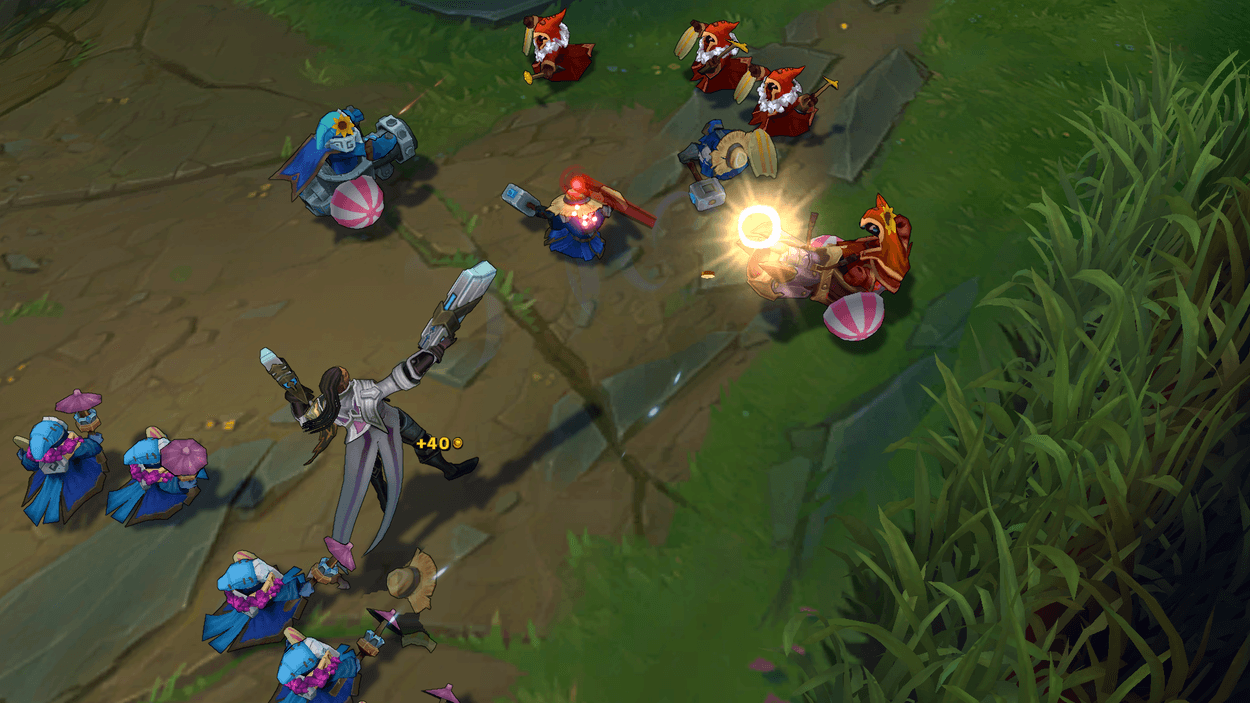
Common Questions About CS (FAQ)
What does CS mean in League of Legends?
CS stands for Creep Score: the number of minions, monsters, and other farmable units you’ve last-hit during a match.
What does CS stand for in LoL?
It stands for Creep Score, a direct measure of how many minions and monsters you've killed.
How do I get better CS in League?
Practice last hitting in Practice Tool, learn wave control (freezing, slow-pushing), focus on CS over fighting early, watch your own replays to point out where you stop farming.
Conclusion
Farming wins games — that’s the thick and thin of it. Being dead is not detrimental because of kill gold, it’s detrimental because it locks you out of gaining gold for up to a minute. Lack of farming kills leads, and simply sticking religiously to last-hitting will create miracle comebacks.
If gold difference is a consistent metric for how close you are to winning the game, then every last-hit directly contributes to a victory screen.


